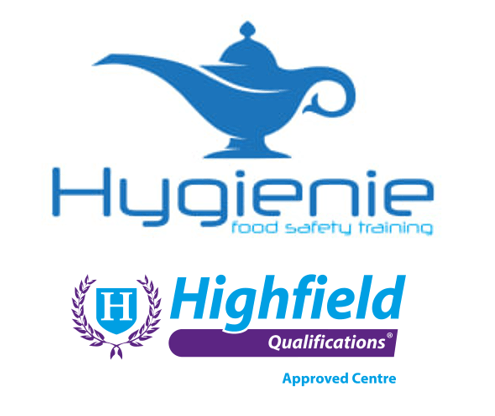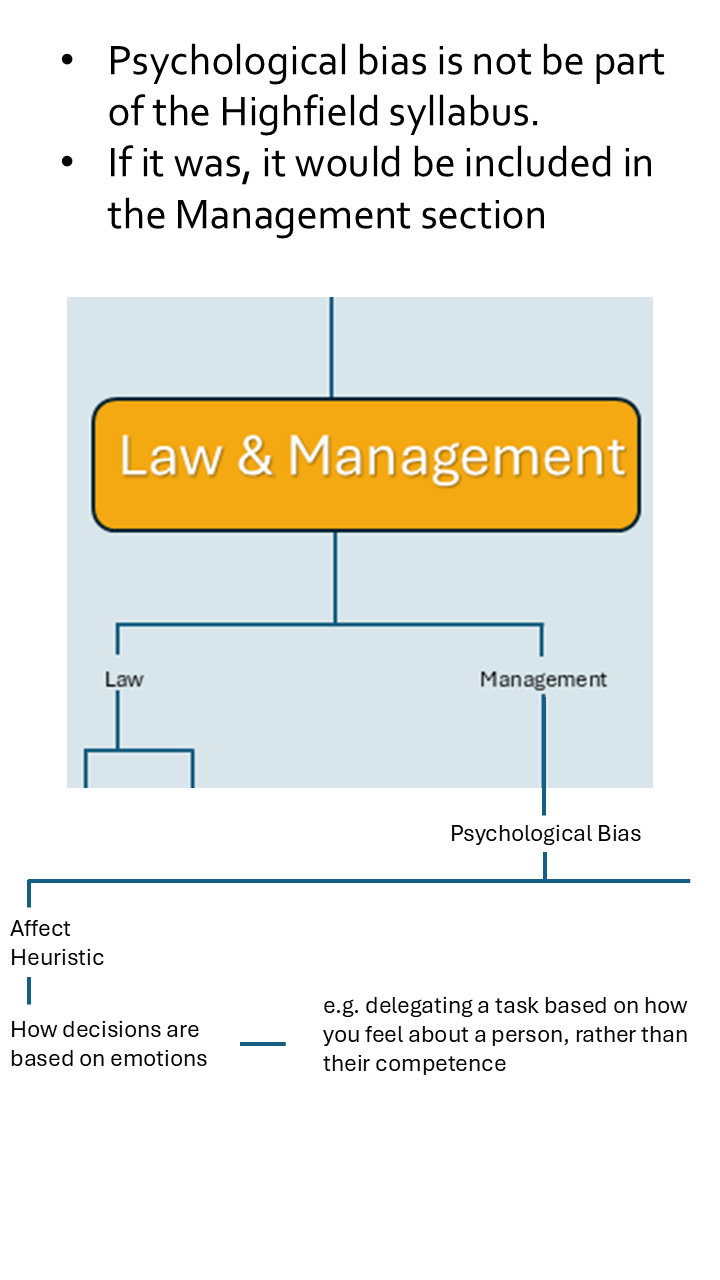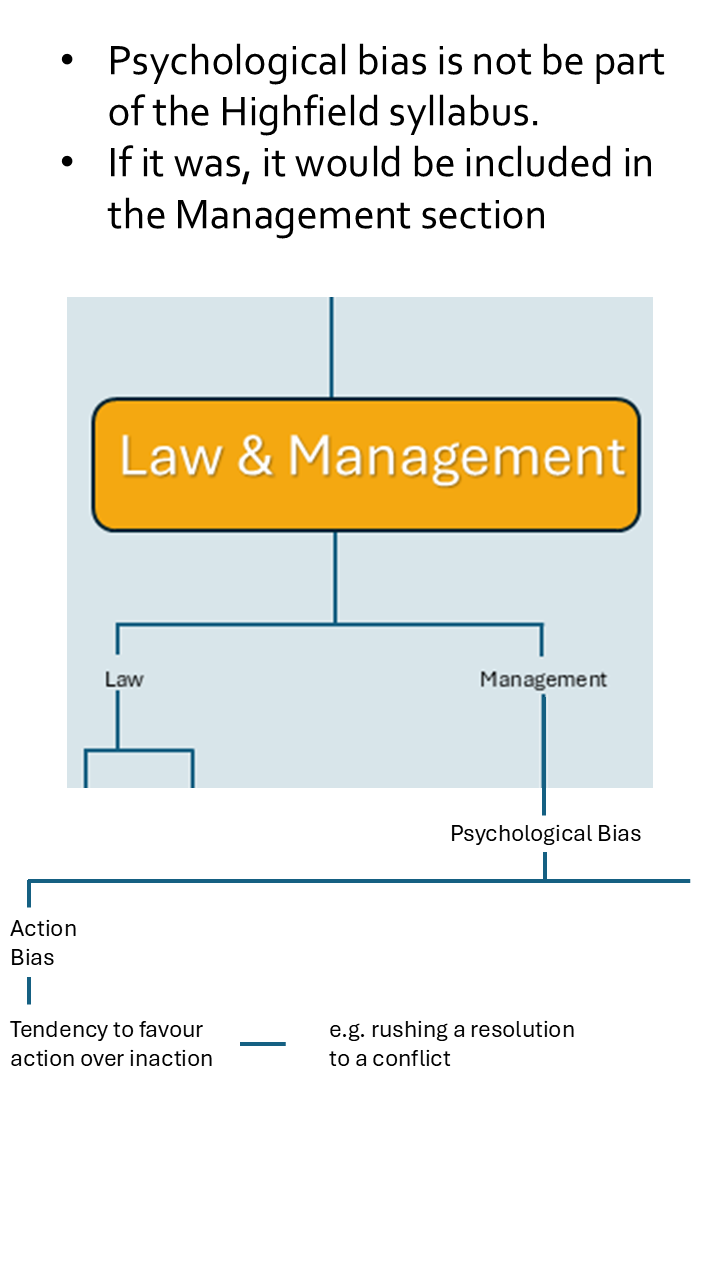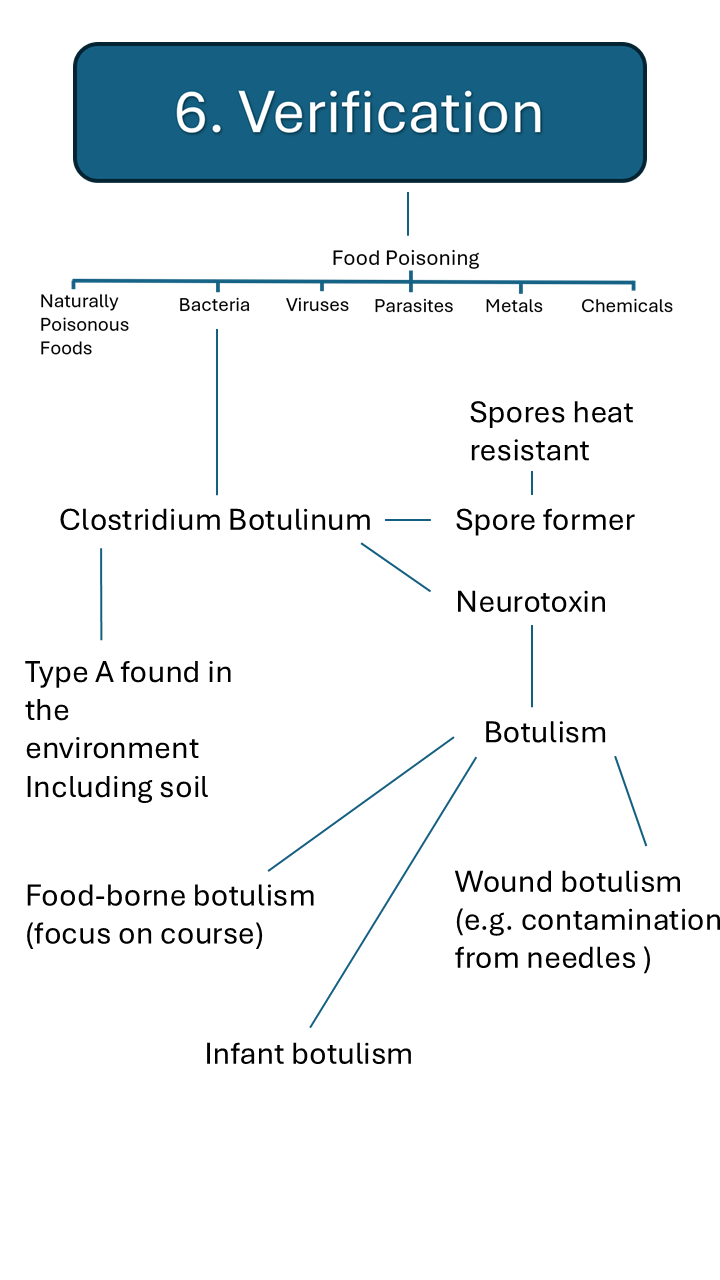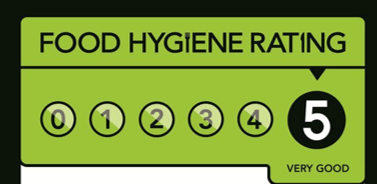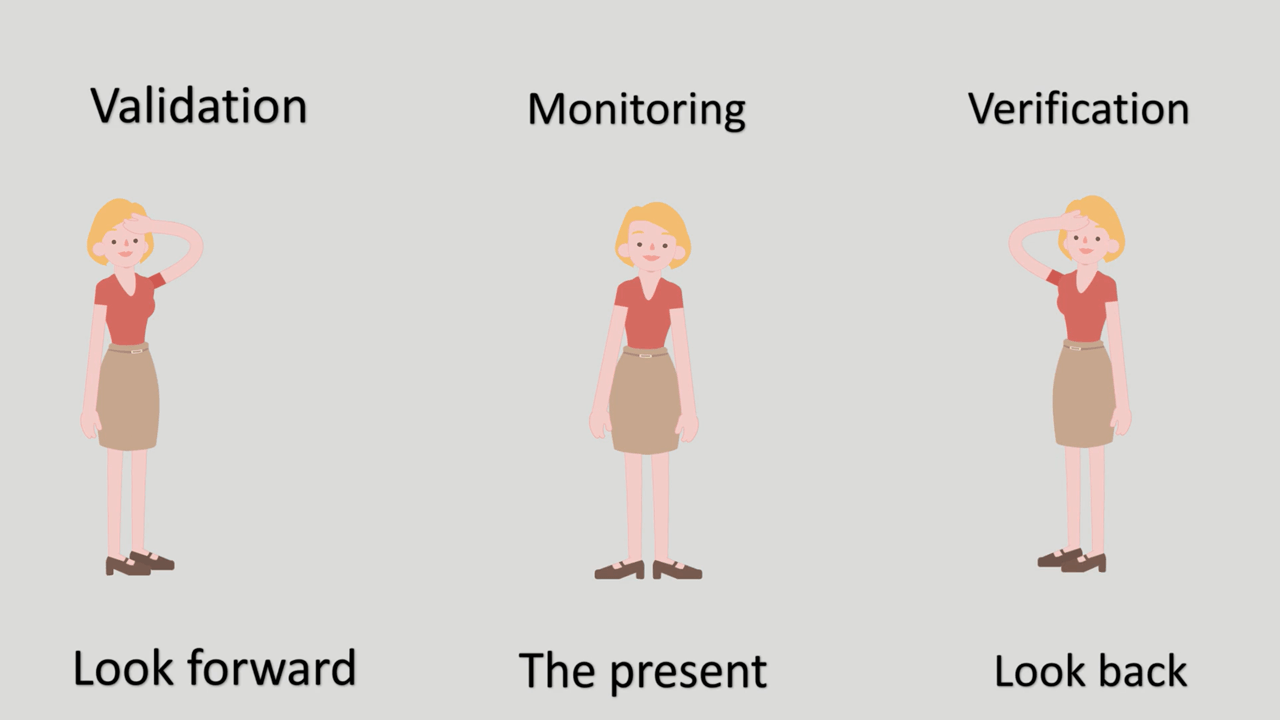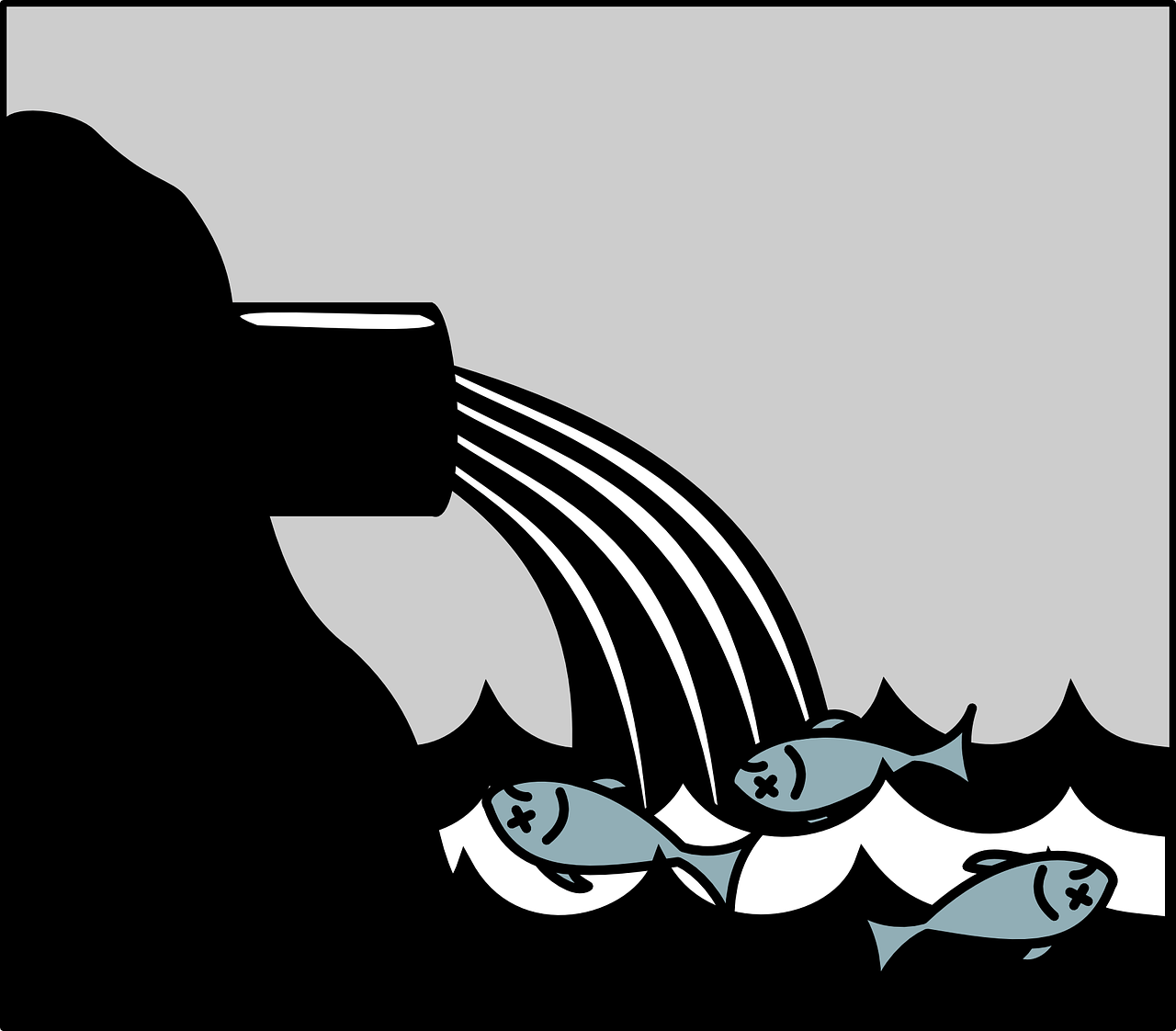The importance of monitoring and verification
The importance of monitoring and verification
This post originally appeared as a LinkedIn post, you can follow Nick Dore for regular posts and discussions.
My last post was about keeping information simple and straightforward when training food handlers. Comments broadly agreed this was a good thing, as Iain Ferris noted 'these very general and simplified rules … makes it easier on the whole and provides a higher degree of protection'.
However I think it's interesting to note how some generalised rules are more readily accepted than others. Even when they're wrong.
In one course I train, there are two questions in the final, multiple choice revision section which illustrate this.
Both questions ask, 'which of the following is an offence?'
The answer to the first question is 'sell food beyond it's use by date'. I estimate that 98% of delegates choose the correct answer (not all delegates are food handlers so some confusion might be expected).
Now here's the interesting bit. Just 17 slides later, the same question is asked; 'which of the following is an offence?'.
Again, the answer should be 'sell food beyond it's use by date'.
However, a new option is introduced which is 'refreeze food which has been defrosted'.
As a very rough estimate, I'd say only 60% now choose the correct answer. Even though it was confirmed, only minutes before, the answer should be 'beyond use by dates'. We also covered use by dates during the course.
I suspect it's the frequency of the message that results in the false answer.
From childhood, even mothers such as mine, with a somewhat cavalier attitude to food safety would never risk refreezing food, even if only partially defrosted.
The message is regularly reinforced on frozen packaging 'do not refreeze once defrosted'.
Similarly, in another course I run, even experienced food handlers and managers will suggest you CAN identify pathogenic bacteria by smell and texture. (Again, there may be exceptions to this, and it would be great to hear of any specific examples of pathogenic bacteria that can be identified organoleptically).
These delegates have probably taken dozens of courses in which they're told you can't identify pathogenic bacteria by look, smell or touch. And yet, compared to the learned, intuitive action of the 'sniff test' the message is lost.
'High risk food' is another example where, even after explaining the definition, 99% of delegates will say raw chicken is a high-risk food.
This is because in the real world, well, it is. I've even known EHO refer to raw chicken as 'high risk food'.
As a trainer, I believe in the importance of training, but I'm also aware of its limitations. Reinforcement of the correct messages through internal checks and audits is equally, perhaps even more important.
Within my Level 3 and 4 course structure training is a prerequisite and I would suggest audits relate both to Monitoring (instantaneous results achieved on site) and Verification (checking HACCP has been implemented correctly.

